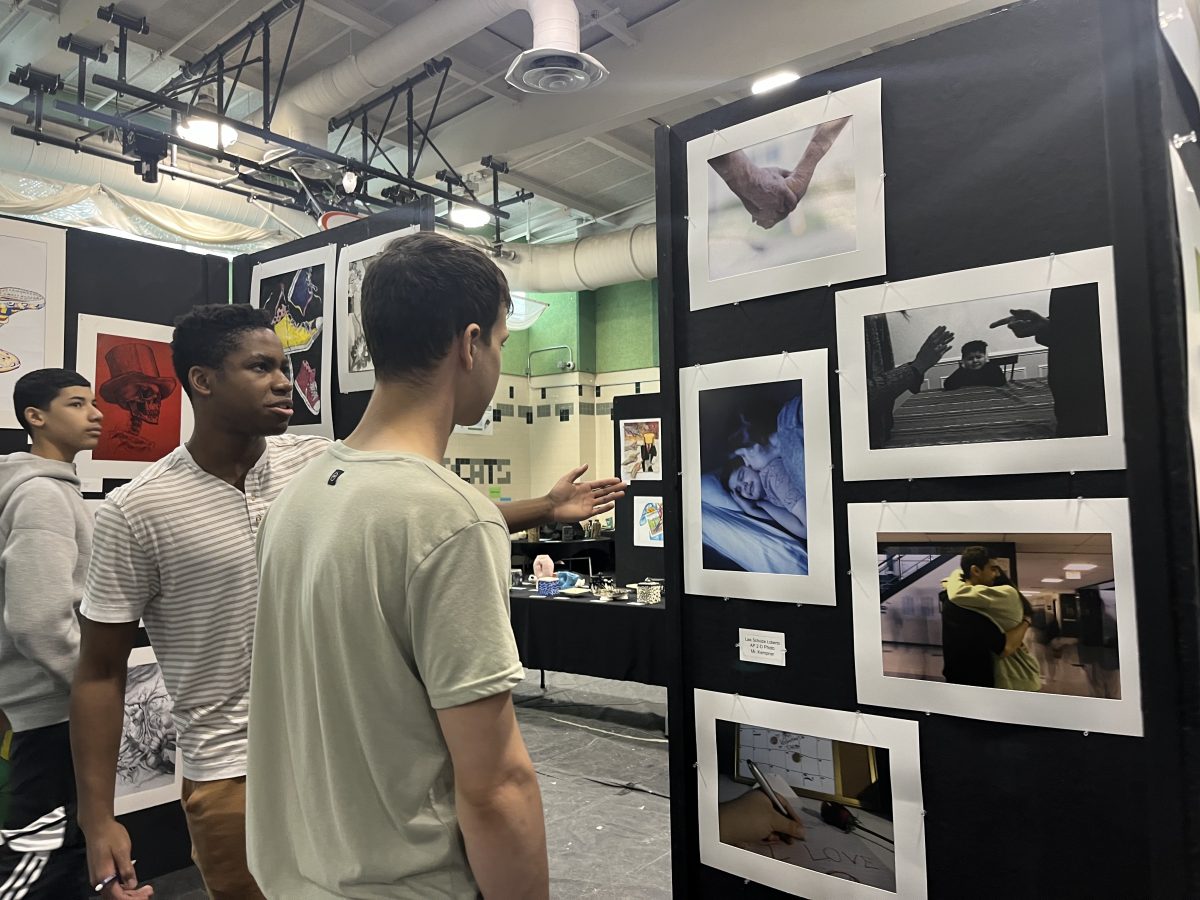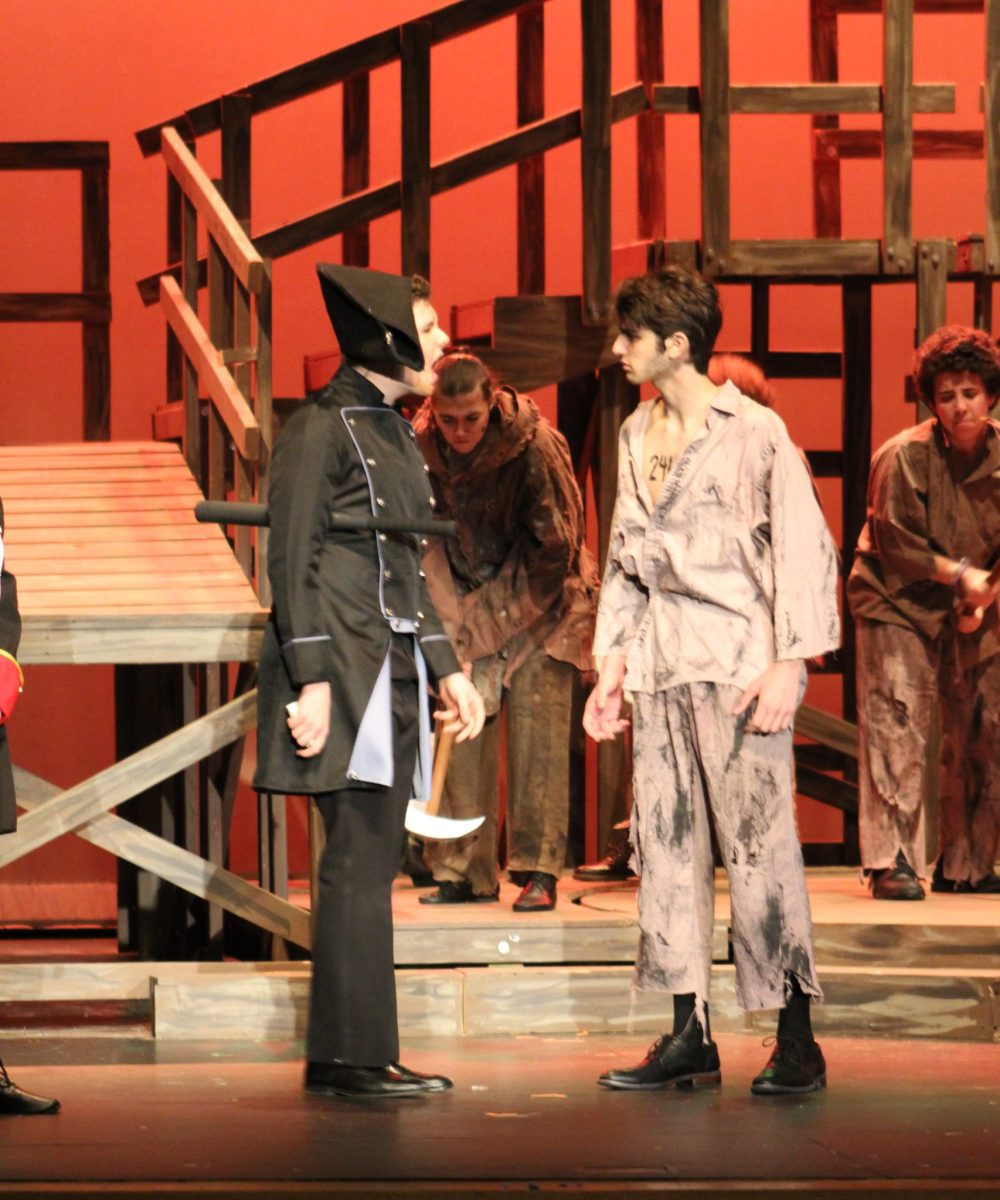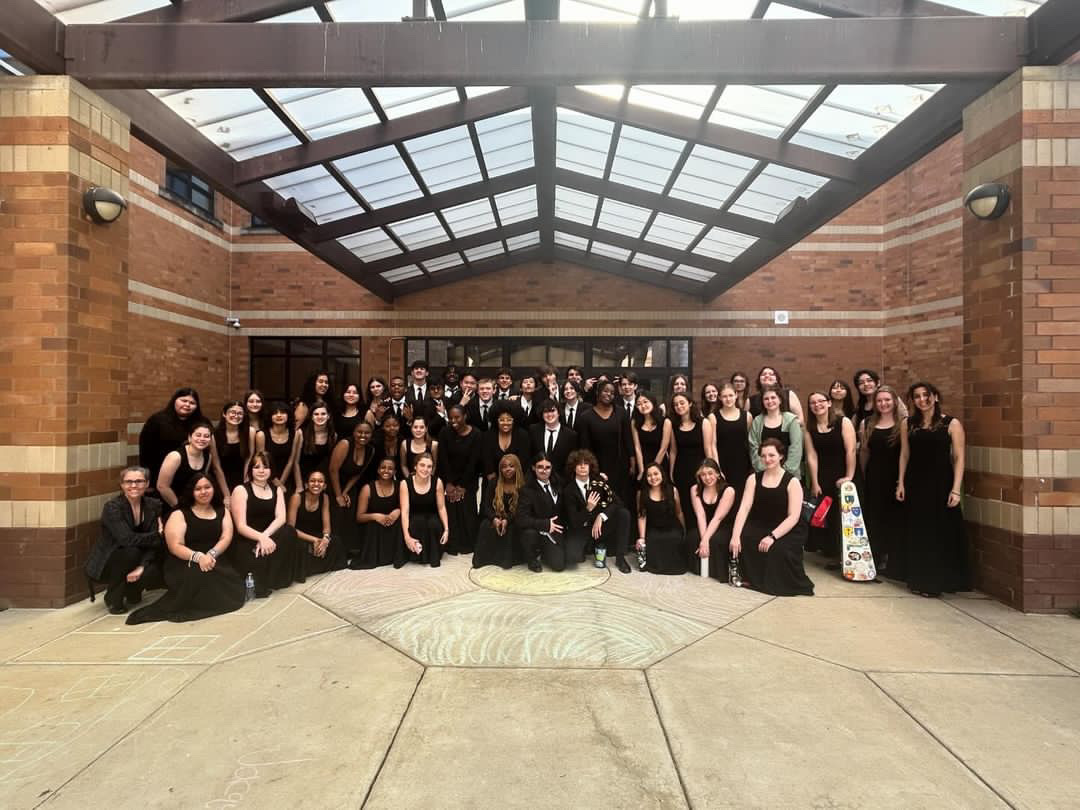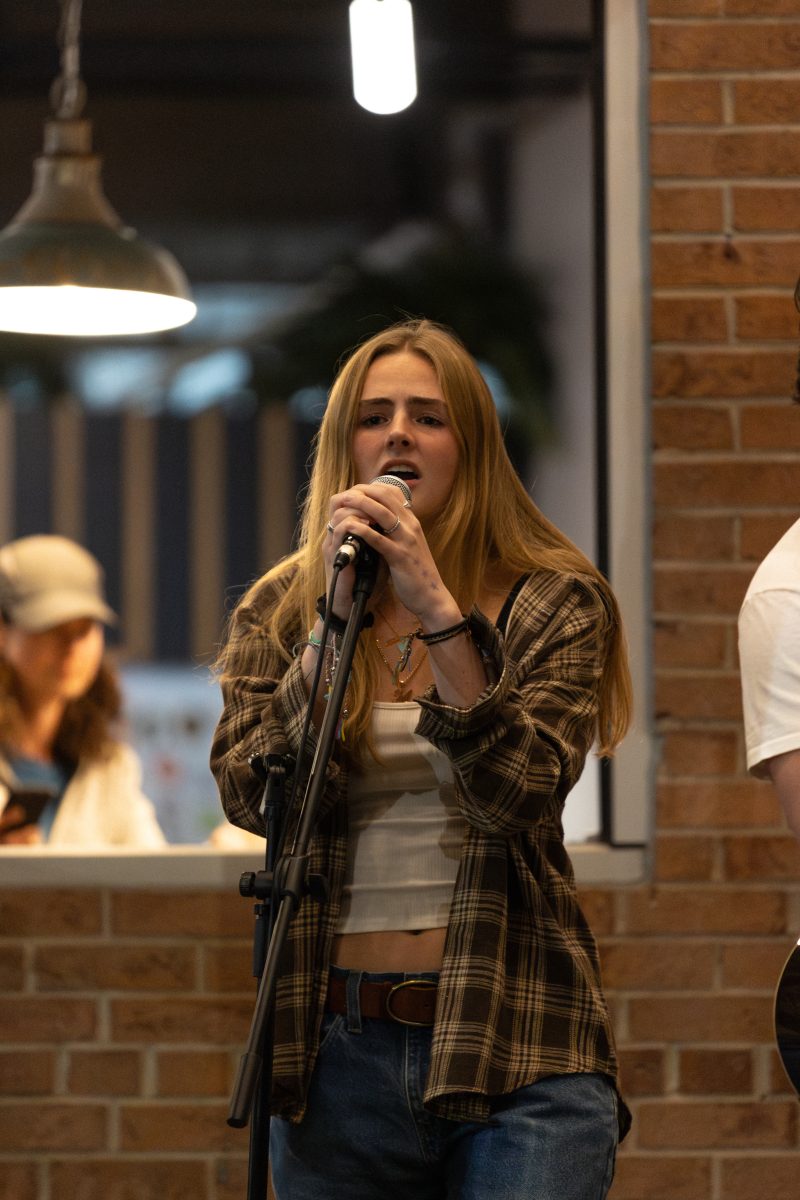‘Les Misérables’ anything but miserable
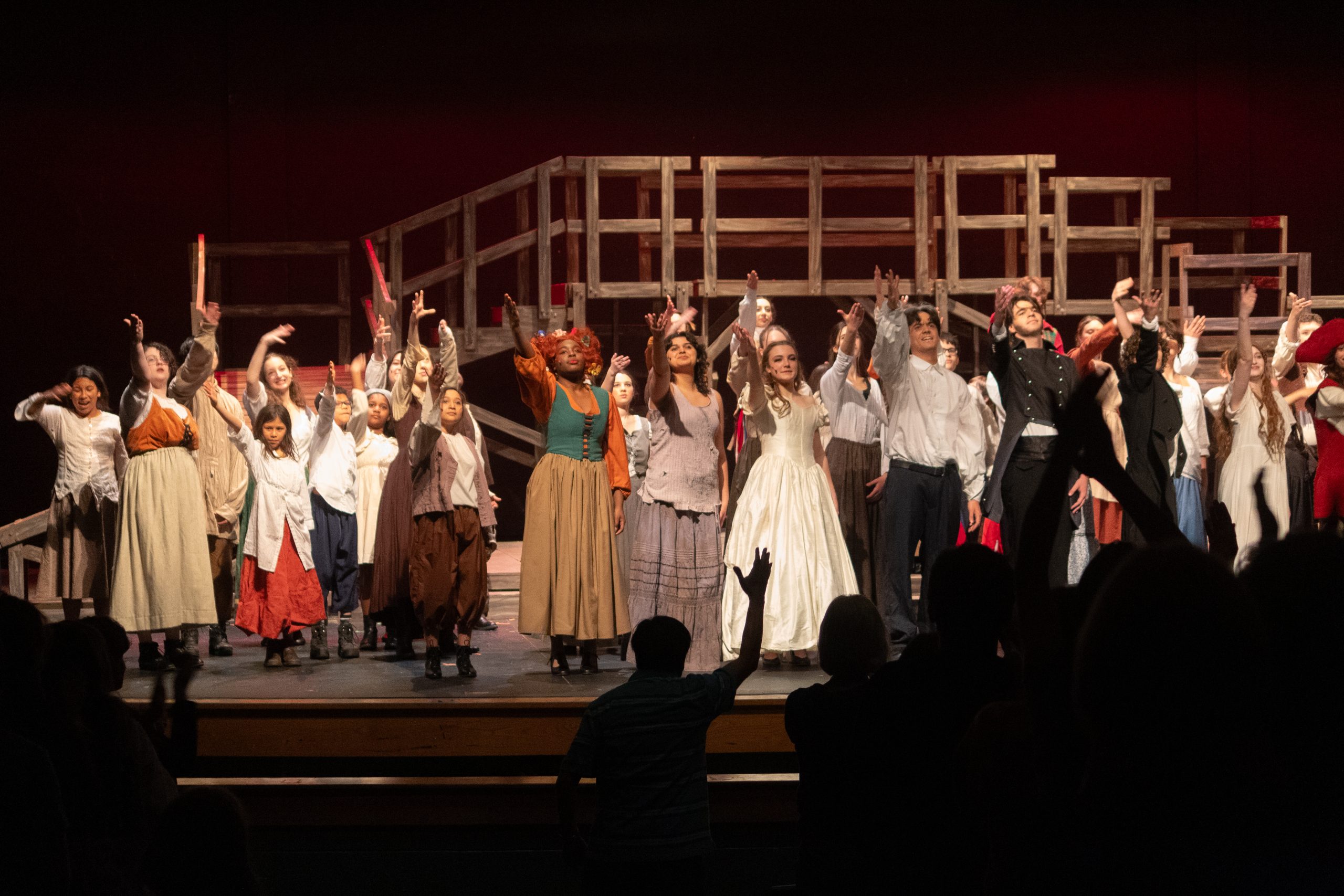
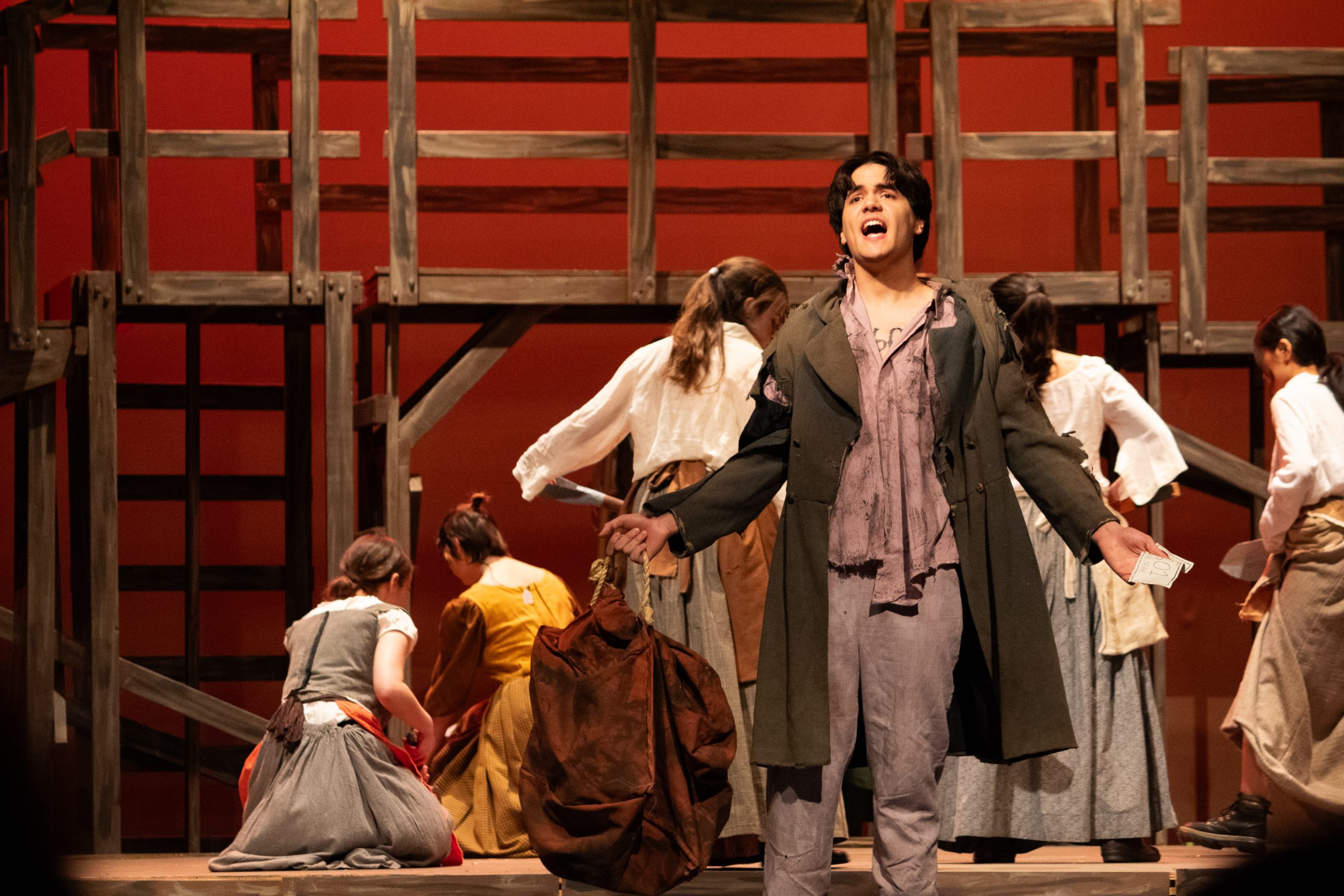
As the light fades and the curtains draw back, powerful spotlights flicker on and illuminate a group of prisoners. Before long, the music soars and the prisoners begin singing: “Les Misérables” has begun.
“Les Misérables,” a musical based on the plot of Victor Hugo’s novel of the same name, follows the stories of those living in 19th-century France. The main conflict centers around Jean Valjean, an escaped prisoner who was jailed for stealing a loaf of bread, constantly trying to redeem himself, and Inspector Javert, who’s on a relentless quest to bring Valjean to “justice.”
Heavy themes of poverty, social injustice and revolution are intertwined with themes of love, freedom and sacrifice. On Valjean’s path to redemption, he encounters a desperate Fantine, willing to sacrifice her pride to provide a better life for her daughter, Cosette. He becomes a father to those around him including an idealistic Marius, ripe with the ideas of revolution. As they partake in the historical June Rebellion of Paris, tragedy, triumph and redemption ring clearly in iconic songs such as “Do You Hear The People Sing” and “One Day More.”
“Les Misérables” is a timeless classic that continues to attract old and new theater fans worldwide. The performance is an operetta, meaning all dialogue is conveyed exclusively through song. It’s not something that’s been done by STAGE recently, but the cast, crew and pit were more than up to the challenge.
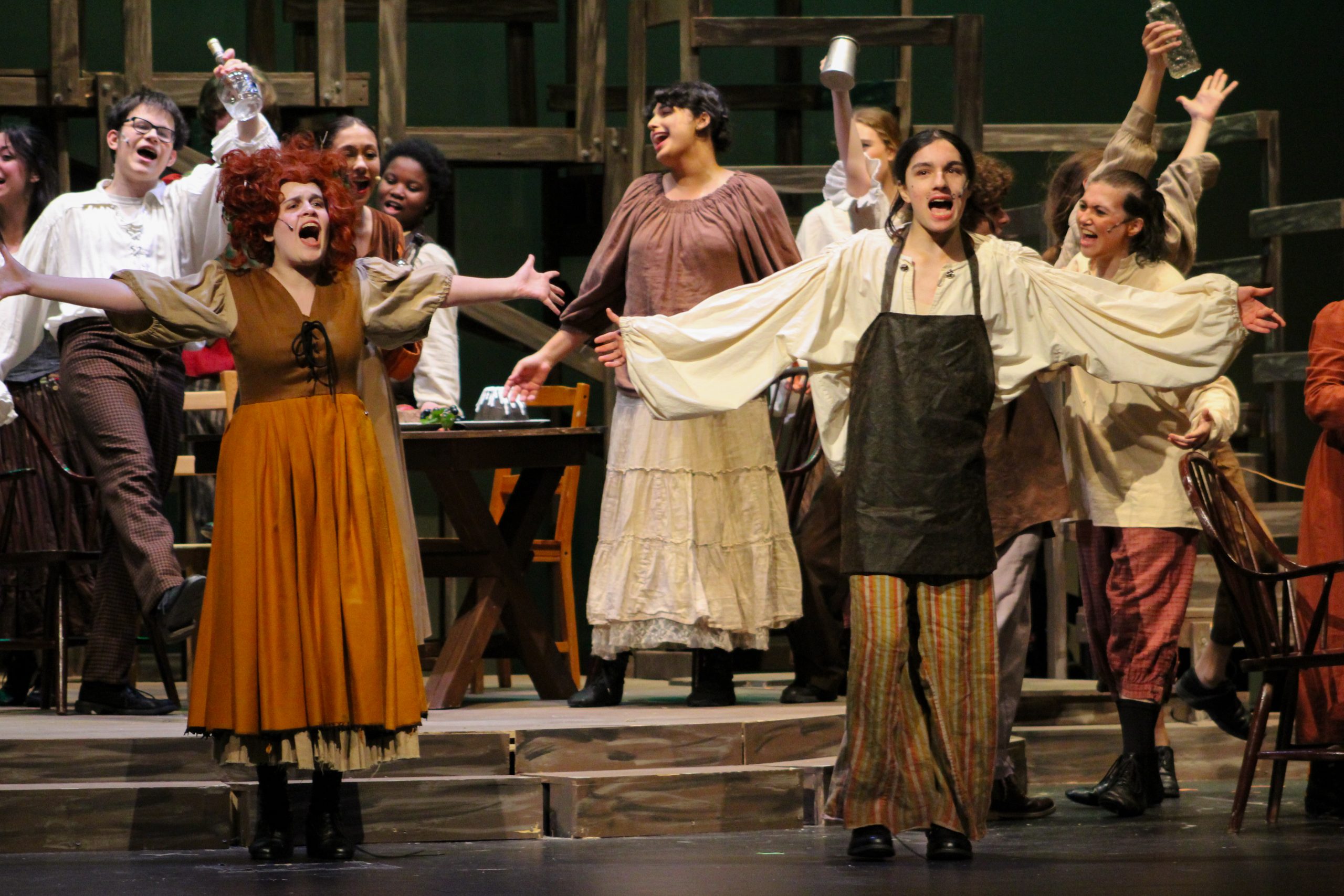
“Les Misérables” opened on Friday, April 19, and the theater shook with cheers. Overall, the performance was extremely impressive, with far fewer technical difficulties than in past plays. The cast, crew and orchestra clearly put in a ton of effort leading up to the showing, and their dedication paid off.
Firstly, the entire core cast was fabulous. “Les Misérables” incorporates a nicely balanced juxtaposition of solo and ensemble performances, so the casting is critical. The Friday cast seemed to have been born to play their roles; the songs were unfailingly sung with passion and talent, and if anyone flubbed a line it wasn’t noticeable.
Sophomore Benjamin Kish, playing Jean Valjean, was particularly impressive: he hit low notes that unscored tension and drama as well as higher octaves that conveyed raw emotion. He also paired well with antagonist Inspector Javert, played by sophomore Ronan Mailhot, whose deep baritone suited the inflexible inspector perfectly.
Junior Ermuun Nerguibaatar was a stunning Éponine, whose unrequited love dragged her into a tragic love triangle. Nerguibaatar delivered several heart-rending solos that received whistles and roars of approval.
Lastly, the humor department was expertly handled by freshman Kolton Sidhu and sophomore Sasha Rotton, playing Monsieur and Madame Thenardier. Their frolicking across the stage and overexaggerated bonhomie with their patrons (whom they were actively swindling) added some needed levity, given a number of the audience members were kids. Them crashing the wedding caked in more makeup than the prostitutes seen earlier also made for some great laughs.
The crew and orchestra were just as talented. Despite using more microphones than ever before, there were only two notable issues throughout the performance, neither of which interrupted a solo. However, during the barricade battle scenes, the sporadic and somewhat distorted gunfire audio robbed them of much of the tension they could have had.
On the subject of audio, the orchestra was — to my admittedly non-musician ears — flawless. Despite playing almost nonstop for 30 scenes over three hours, there was never a moment where they sounded tired or flat.
Another thing that stood out was the use of lights and the backdrop to augment scenes and convey different moods. Warm colors communicated a cozy or outdoor atmosphere, and a bloodred glow bathed combat scenes. A backdrop of shimmering stars complemented dramatic solos and nighttime scenes, and all in all, hats off to the crew for creating a multitude of different ambiances that matched each scene perfectly.
Lastly, makeup, hair and costumes can’t be neglected. Makeup is hard to rate from a distance, but everyone looked good. In particular, the costumes were quite impressive: the social classes were very distinct, as the audience could easily tell the difference between the lower class, represented by Eponine, and the upper class, represented by Cosette. The costume changes were quick and effective at conveying the passage of time.
Unlike Rhea, I had never read or seen “Les Misérables” before, so I don’t have anything to compare it to in that respect. I have, however, been to several other STAGE productions, and I’d have to say that this was my favorite. Unlike King Lear, the plot was easy to follow even while taking photos and didn’t feel nearly as long. The actors were talented and passionate, the crew made almost no noticeable errors and the orchestra may get poached by Broadway. I highly recommend seeing it at least once, as it was a truly remarkable performance. Bravo, STAGE, bravo.
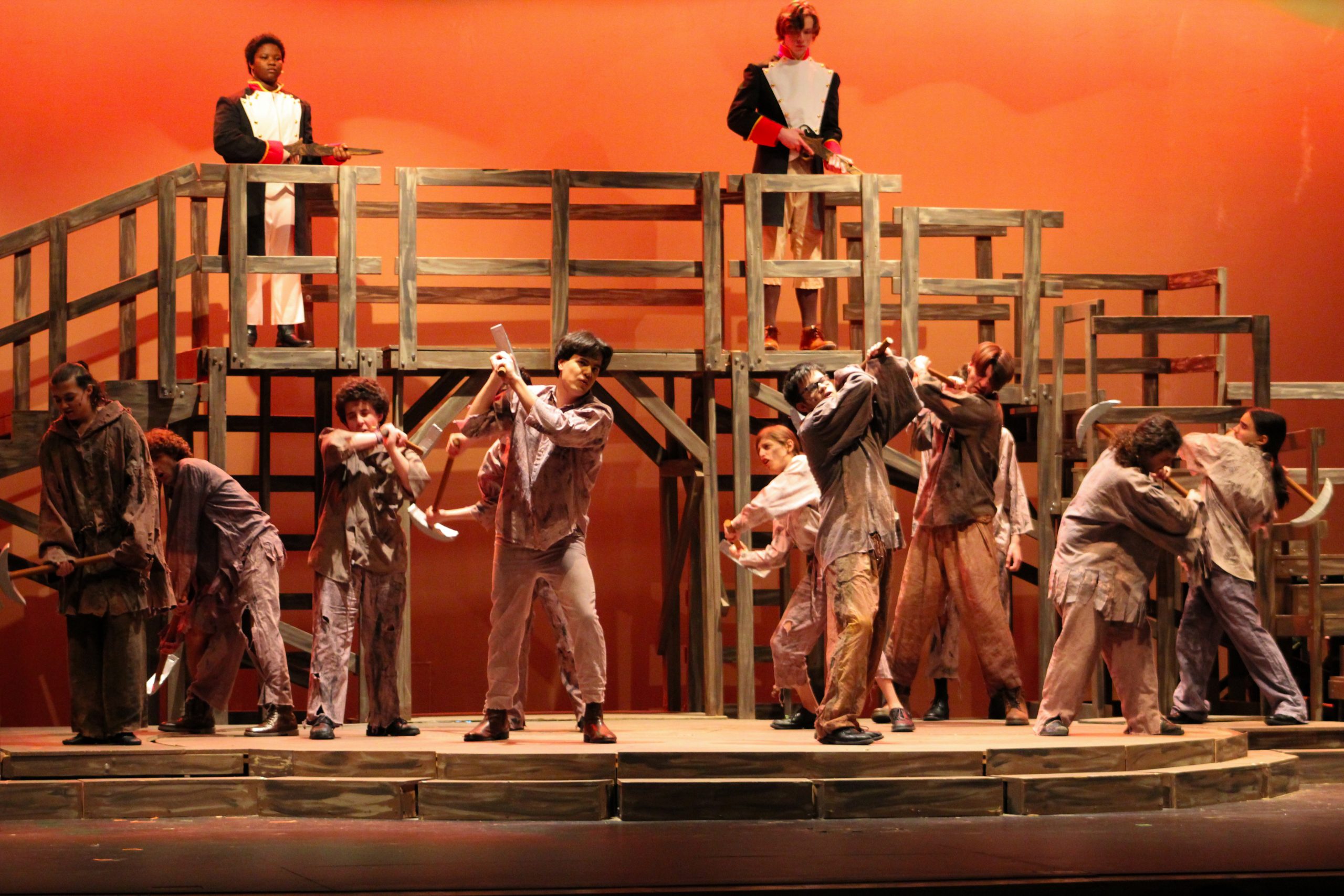
The second showing of “Les Misérables” was on Saturday, April 20 and if you’re having second thoughts about buying a ticket, don’t. It was quite frankly, a great show. From production to performance to the Orchestra, everyone excelled.
The cast in this show was very strong, between a baritone-heavy Javert, a versatile Jean Vanjean and a multi-talented Eponine. Senior Jay Kauffman plays Javert on the Saturday shows. His baritone voice captured the attention of the audience during his solo performances “Stars” and “Javert’s Suicide.” He also displayed his talents during what many consider to be the hardest scene in the musical, “The Confrontation.” In the scene, Valjean and Javert argue over Fantine’s body using a musical technique called overlapping polyphony, and the audience could very easily hear both parts despite them being performed at the same time. “The Confrontation” is an important scene in the story because it is where we learn more about Javert’s character and why he is so dead set on bringing Valjean to what Javert considers justice. Kauffman very clearly sings “You know nothing of Javert, I was born inside a jail, I was born with scum like you. I am from the gutters too.”
Kauffman’s counterpart and lead, senior Julian Bradford playing Jean Valjean, was also powerful. Bradford swung from high to low notes, then back up to high notes during solos like “Who Am I?”
Another notable character was Marius, whom senior Harry Resnik played. His innocent “love at first sight” with Cosette was convincing, as were his interactions with his friends Eponine and Enjolras. Resnik portrayed sadness and guilt incredibly well during his solo “Empty Chairs and Empty Tables,” in which Marius is mourning the loss of his friends and fellow revolutionaries who died beside him in “The Final Battle.”
Senior Neena Tavik was a great pick for Eponine, the girl hopelessly in love with Marius, who sees her as just a friend. Other than delivering the most heartbreaking of performances, Tavik is also heavily involved in the production of the show as well. She excels as the Student Assistant Director, the Web Master and the Poster and Program Designer.
Lastly, regarding the cast, sophomore Mason Lee delivered as Enjolras, the leader of the rebellion, in both the Friday and Saturday performances. As the leader of the Friends of the ABC, Enjolras is seen to be the logic of the Revolution. Despite his friendship with Marius, he reminds him of the mission at hand, which Lee plays very passionately.
The set itself was very well built. It was on a rotating platform that allowed the audience to see it from a variety of angles, and despite being one structure it was able to convey several different settings. Crew began working on the rotating set towards the end of March and spent upwards of 10 hours on it on the weekends and about five hours on the weekdays.
A fault worth mentioning, however, was the mic problems. Throughout the show, there were moments in which the audio from the mics to the sound system was muffled and cut in and out, reducing the tension and suspense.
The orchestra was great throughout the play. There were few flat notes during “The Wedding” and “Epilogue,” but that’s to be expected after a three-hour performance.
Overall, STAGE’s “Les Misérables” was a great musical for new and returning audiences. The only recurring issue was the mics but everything else was great. As someone who has read the book and watched the movie, I was very happy with the performance.
Your donation will support the student journalists of Walter Johnson High School. Your contribution will allow us to purchase equipment and cover our annual website hosting costs.
















